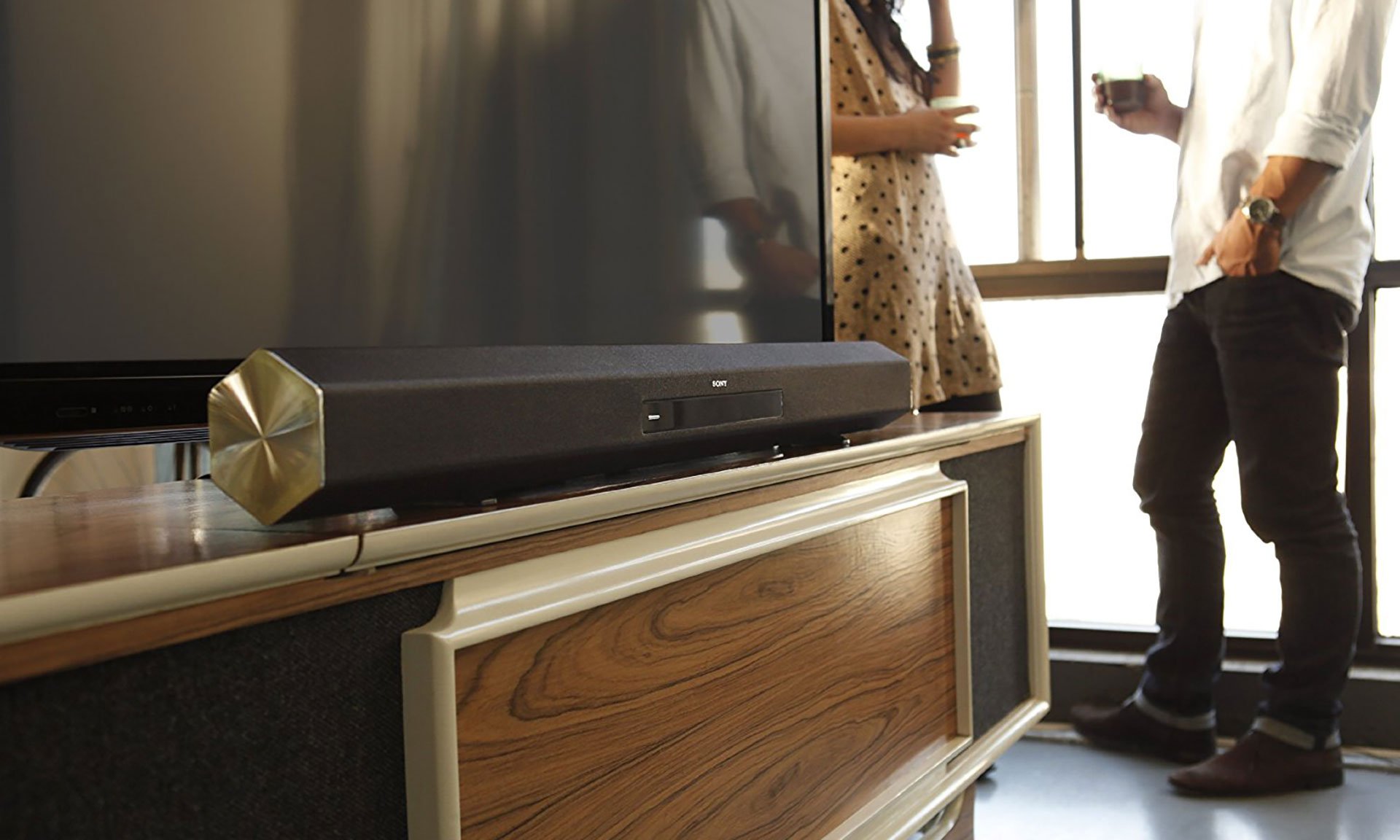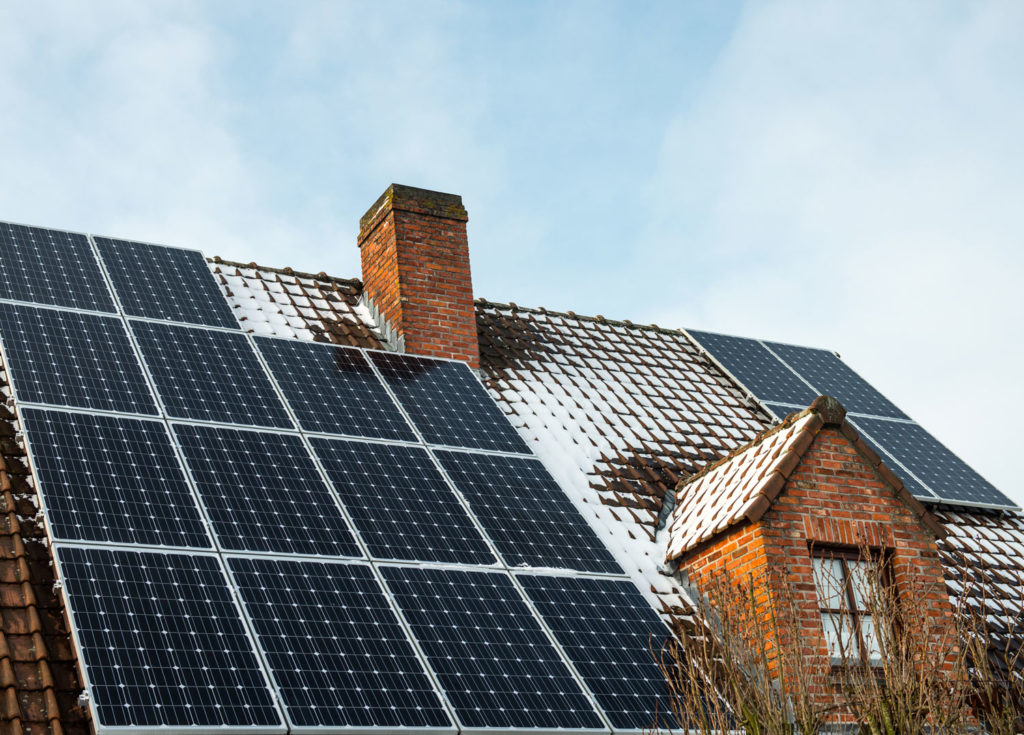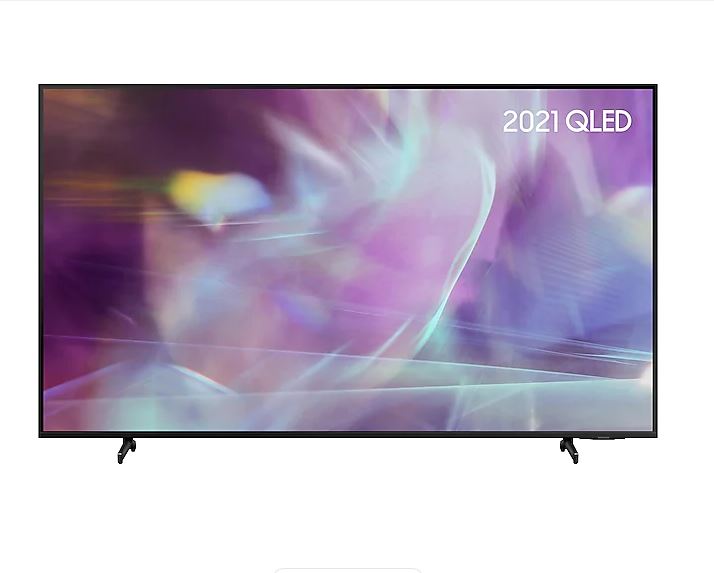How Can I Recycle Electronic Waste Properly?
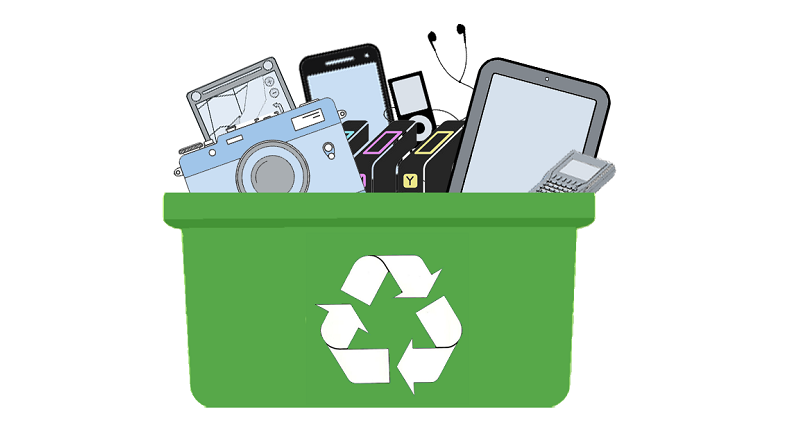
Table of Contents
Properly recycling electronic waste is a significant environmental effort. Electronic waste, or e-waste, contains materials harmful to our environment, such as lead and mercury. Their improper disposal presents an environmental hazard.
E-waste recycling begins at your doorstep with appropriate segregation and collection. Electronic devices like laptops, mobile phones, and household appliances contain recyclable and reusable internals. Proper sorting is crucial as it aids in determining what components can be reused or what needs proper disposal.
The professional assistance of companies like Same Day Rubbish Removal is invaluable in handling e-waste recycling. They don’t just come to collect your e-waste; they ensure it is handled environmentally-friendly with proper disposal measures.
Don’t contribute to the growing e-waste problem; instead, be a part of the solution by properly recycling electronic waste. Saving the environment begins with the right waste disposal practices, and recycling e-waste is a significant step in the right direction.
Electronic Waste Identification
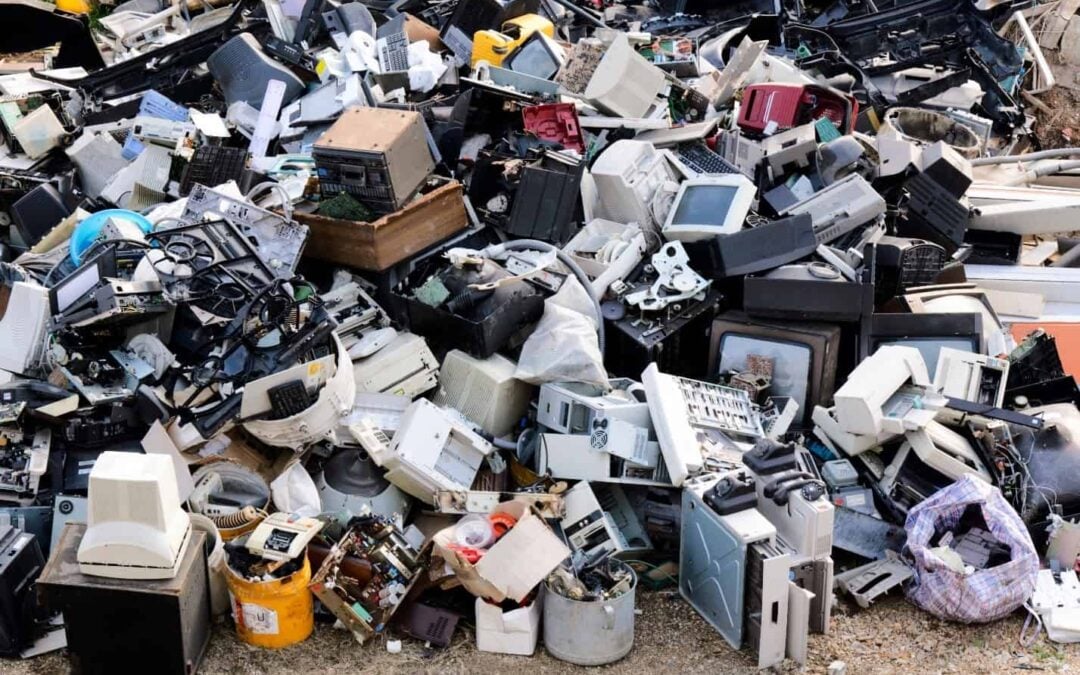 Identifying electronic waste isn’t always straight-forward. You might assume that it’s just your old laptop or mobile phone, but electronic waste covers a much broader range of items.
Identifying electronic waste isn’t always straight-forward. You might assume that it’s just your old laptop or mobile phone, but electronic waste covers a much broader range of items.
Common Household E-Waste Items
E-waste in your own home includes old televisions, microwaves, computers and peripherals, printers, gaming consoles, and even small kitchen appliances like toasters and coffee makers.
Differentiating E-Waste from Regular Waste
The key difference between e-waste and regular household waste is that the former includes anything with a battery or cord. These items contain hazardous materials which can be harmful if not disposed of properly.
E-Waste Lifespan
Consumer electronics don’t last as long as they used to. The lifespan of these items has decreased over the years. This trend is contributing significantly to the acceleration of e-waste production globally.
Checking Manufacturer Instructions
You should also check packaging, user manuals or manufacturer’s website for more specific disposal instructions. Many companies have initiated take-back or recycling programs for their products.
Preparing E-waste Recycling
E-waste recycling involves several vital steps to ensure that your waste is appropriately handled, and the environment is protected. Known as E-waste recycling path, these steps help you manage and dispose of your electronic waste effectively.
Understand What’s E-Waste
The first step is understanding what electronic waste is. Any device that uses electricity and now has no use to you can be categorized under e-waste. This includes mobile phones, computers, televisions, etc.
Evaluate Your Electronic Items
The second step requires you to take a keen look at the electronic items regarded as waste. Assess them carefully to ensure they are beyond repair or any future use.
Organize Your E-Waste
Categorize your e-waste before disposal. Segregate devices containing batteries from those without as each category will have different recycling procedures. It aids in efficient and proper e-waste management.
Find a Certified E-Waste Recycler
Around 80% of global e-waste is not recycled properly, according to The Global E-Waste Monitor 2020. Thus, finding a certified e-waste recycler is crucial. They adhere to strict environmental regulations, protecting the environment while recycling your waste.
Contact Your E-Waste Recycler
The final step involves contacting your selected recycler. Discuss the nature and quantity of your e-waste with them. Most recyclers provide door-to-door collection services making disposal easier for you.
Extend Electronics Lifespan
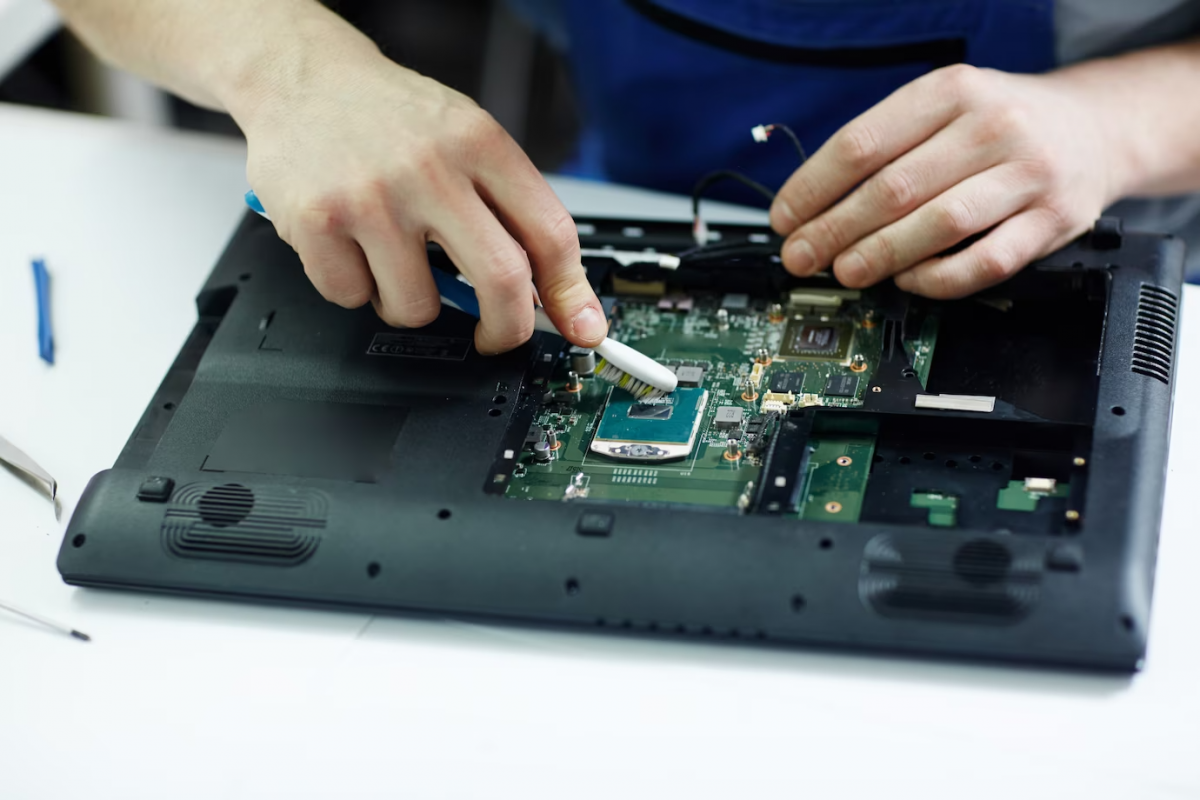 Before considering recycling methods, it’s essential to first extend the life of your electronic devices. Most gadgets, including smartphones and laptops, can last longer than we think. Holding on to your electronics for an extra year or two can significantly reduce e-waste.
Before considering recycling methods, it’s essential to first extend the life of your electronic devices. Most gadgets, including smartphones and laptops, can last longer than we think. Holding on to your electronics for an extra year or two can significantly reduce e-waste.
It starts with proper care. Just like you’d take care of other valuable possessions, your electronics require constant attention too. Regularly cleaning them prevents dust accumulation that may obstruct ventilation and lead to overheating.
- Purchase high-quality protective cases: This helps safeguard your devices against physical damages caused by falls or impacts.
- Avoid overcharging: Only charge your device when it’s near empty and unplug as soon as it’s fully charged to optimize battery lifespan.
- Run regular updates: Keeping your software updated is key to maintaining device functionality and longevity. Software updates often come with necessary patches and security improvements.
If a device starts to show signs of malfunction, consider repair instead of immediate replacement. Including looking for authorized service centers, or in some cases, you may even solve minor issues by following online tutorials.
Donating or Reselling Electronics
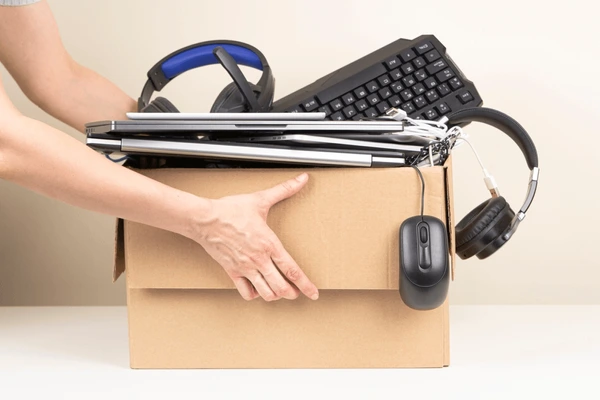 Proper electronic waste disposal is not just about discarding your used tech products. Donating or reselling your old electronics can be an effective method of e-waste recycling. This approach not only reduces the amount of garbage you generate but also allows these devices to serve others.
Proper electronic waste disposal is not just about discarding your used tech products. Donating or reselling your old electronics can be an effective method of e-waste recycling. This approach not only reduces the amount of garbage you generate but also allows these devices to serve others.
The donation process is simple. When an electronic device no longer serves your purpose, instead of disposing of it, you can donate it to non-profit organizations. These groups often refurbish the electronics and give them to those in need.
- Research Donation Centers: There are various centers that accept donations of used electronics. Check them out online and see if they are accepting the type of electronic item you have.
- Consider Reselling: Some second-hand markets or stores buy old electronics. You could earn some money while reducing e-waste effectively.
- Properly Wipe Your Data: Before donating or reselling, ensure all personal information on the device has been completely wiped to prevent privacy leaks.
Bear in mind that annually, approximately 50 million metric tons of e-waste are generated worldwide according to United Nations statistics.
Your efforts can greatly contribute to reducing this overwhelming figure. Plus, donating or reselling makes good devices available for reuse instead of becoming harmful waste burdening our environment.
E-Waste Recycling Process
Electronic waste, or e-waste, recycling offers a sustainable solution to the accumulation of discarded electronics. It certainly involves more than just throwing away your old devices in the recycle bin.
You play an essential role in this process. Your first step is to ensure your e-waste is appropriately sorted and ready for collection.
| Recycling Steps | Details |
|---|---|
| Collection | E-waste needs to be deposited at designated collection points or picked up from your location if the service is available. |
| Sorting | All collected e-waste gets sorted into different categories, separated by type and materials. |
| The Global E-Waste Monitor 2020 reports that unfortunately, around 80% of e-waste is incinerated, placed in landfill or unethically recycled. | |
Your active participation helps ensure a proper recycle process and reduces the chance of your electronic waste ending up in inappropriate places.
Local E-Waste Recyclers
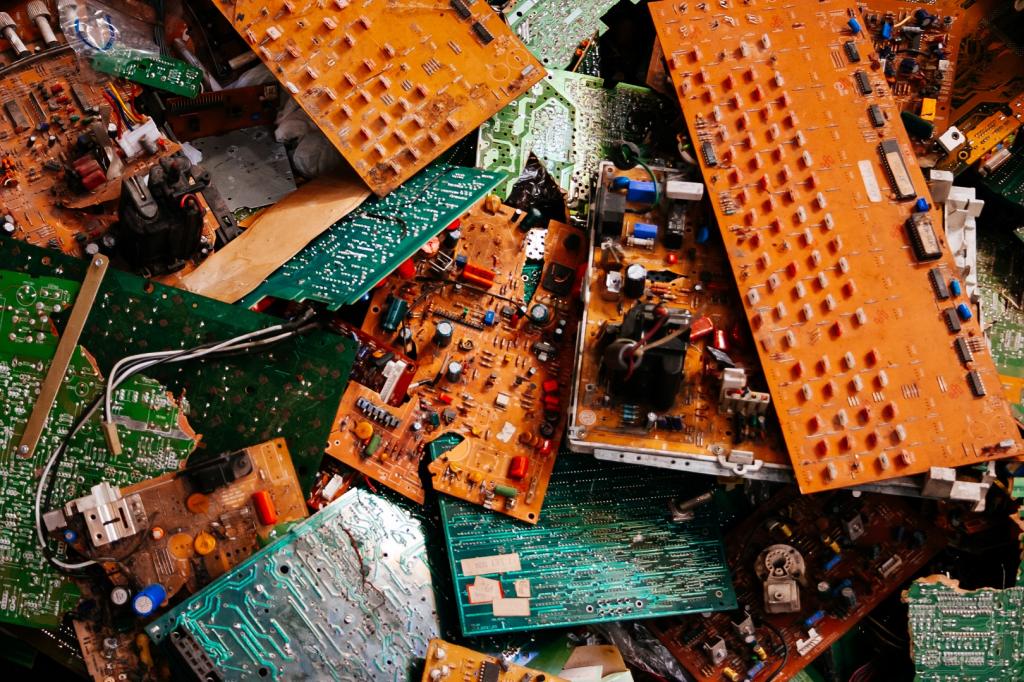 The ideal way to properly handle your e-waste is to rely on local e-waste recyclers. Most locations will have facilities committed to the safe, eco-friendly disposal of electronic devices.
The ideal way to properly handle your e-waste is to rely on local e-waste recyclers. Most locations will have facilities committed to the safe, eco-friendly disposal of electronic devices.
Utilizing these services ensures your waste is not contributing negatively towards the environment, and instead, is recycled and repurposed in a less harmful manner.
Before getting started with local recycling, it’s crucial to understand certain aspects. Key points include:
- Recycler Certification: Ensure that the recycler is certified by an accredited environmental agency. This proves they follow strict guidelines and are committed to environmental sustainability.
- Disposal Process: Find out how the recycler handles e-waste. Do they dismantle and recycle, or do they simply ship off the waste somewhere else?
- Data Security: Inquire about their data destruction process. Secure destruction of data is paramount in preventing privacy breaches.
Taking these factors into account allows you to make informed decisions. It’s essential to entrust your e-waste handling to a responsible local service.
Local recyclers not only reduce environmental damage, but also strengthen local economies and create jobs. It’s a holistic approach to tackling electronic waste.
Disposing of Batteries Safely
When it comes to electronic waste disposal, special attention should be given to batteries. These often contain harmful materials such as lead, nickel, and cadmium that if improperly handled can harm both people and the environment.
In 2019, Asia generated the greatest volume of e-waste,significantly contributing to the problem. Thus, individual measures at every level are critical for effective mitigation.
- Donate working batteries: If your old gadgets still have a little life left in them, consider giving them to someone who can benefit from using them.
- Return to the retailer: Some manufacturers and retailers offer take-back or recycling programs for used batteries and electronics.
- Battery recycling facilities: Specialist battery recyclers are equipped to handle these hazardous items safely.
Remember that batteries from old devices should not be mixed with regular household waste. Always ensure safe and environmentally friendly disposal methods are followed for better sustainability.
Having this knowledge allows you to make informed decisions about properly disposing of your electronic waste, contributing towards a safer environment for everyone.
Recycling E-Waste Correctly
Properly recycling electronic waste begins with finding a trusted local recycling center. This includes segregating wastes according to their types to ensure proper disposal. Responsibly handle your e-waste by exploring this link.

